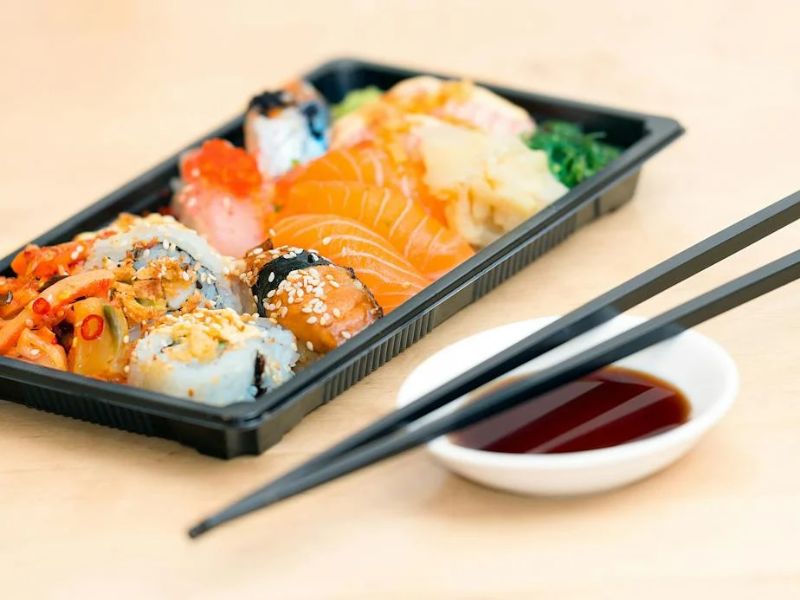Soy sauce is a staple condiment in many cuisines, mainly Asian cooking. It’s made by fermenting soybeans with salt and other ingredients, giving it a distinct umami flavor often used to enhance the taste of various dishes. However, not all soy sauces are created equal, and each variety has its unique flavor profile and uses. In this article, we’ll discuss the differences between various types of soy sauces and the best kind for each job.
Regular Soy Sauce
It is the most common soy sauce, and it’s often used in marinades, stir-fries, and as a dipping sauce for sushi. It has a salty and savory flavor and is made from equal parts of soybeans and wheat.

Image Credit: Pexels/Pixabay
Light Soy Sauce
It is a thinner and lighter version of regular soy sauce, with a saltier taste and fewer calories. It’s often used in dishes where the sauce’s flavor should be subtle, such as soups and steamed fish.
Dark Soy Sauce
This type of soy sauce is thicker and darker than regular soy sauce. It has a sweeter and richer flavor and is often used in stews, braises, and marinades. It’s also used to add color to dishes.

Image Credit: Pexels/Angela Roma
Tamari
This soy sauce is gluten-free and made with little to no wheat. It has a thicker, smoother texture and a milder, less salty flavor. It’s often used as a dipping sauce for sushi or as a seasoning for grilled meats.
Shoyu
It is a Japanese-style soy sauce made from a combination of soybeans and wheat. It has a more complex flavor than regular soy sauce and is often used in marinades and as a finishing sauce for dishes.
Choose soy sauce based on its flavor and texture for a recipe. The lighter sauce is suitable for delicate soups, while the darker and thicker sauce is ideal for hearty stews. By understanding the types and uses of soy sauce, you can enhance your cooking.